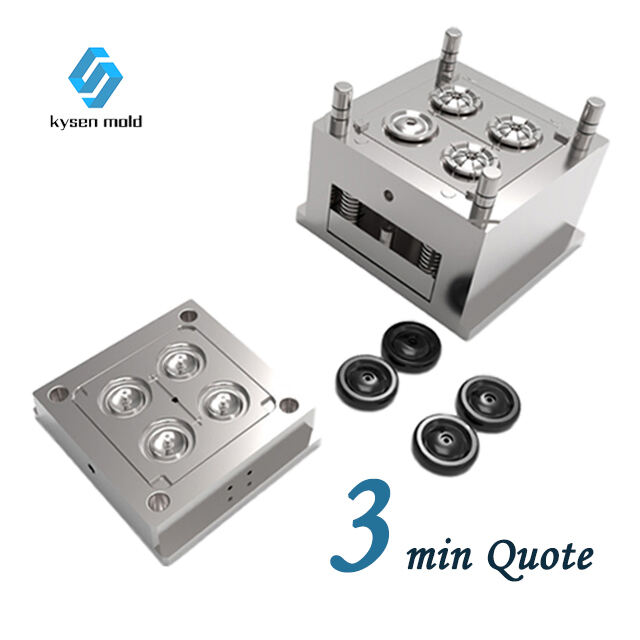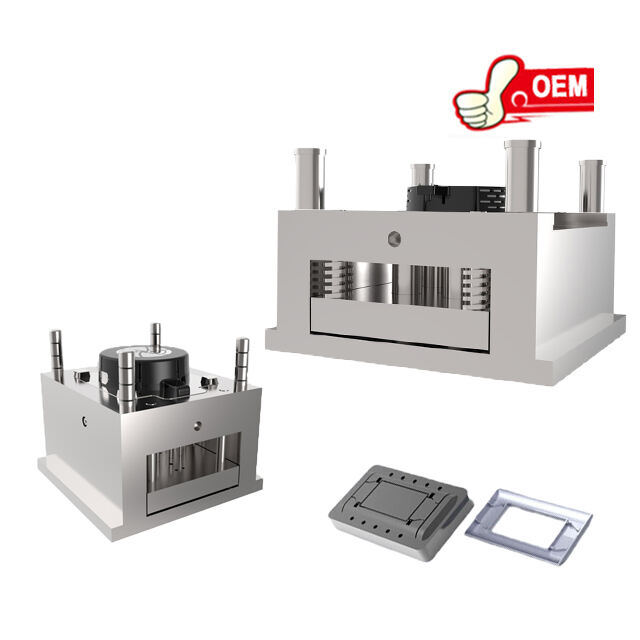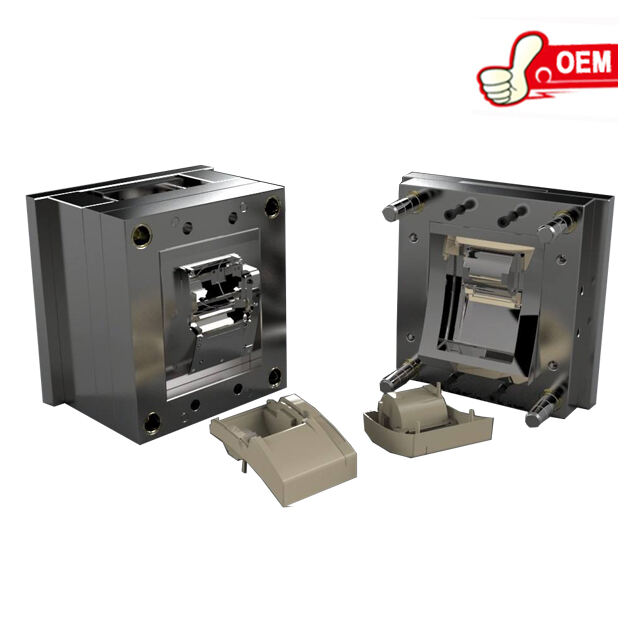polycarbonate plastic injection molding
Polycarbonate plastic injection molding is a sophisticated process used to create high-performance plastic parts and components. It involves injecting molten polycarbonate into a mold, where it cools and solidifies to the desired shape. The main functions of this process include producing complex shapes, achieving tight tolerances, and manufacturing parts that require high impact resistance and transparency. Technological features of polycarbonate injection molding include advanced injection molding machines, precision molds, and automated systems that ensure consistent quality. This process finds extensive applications in industries such as automotive, aerospace, medical devices, and consumer electronics.


